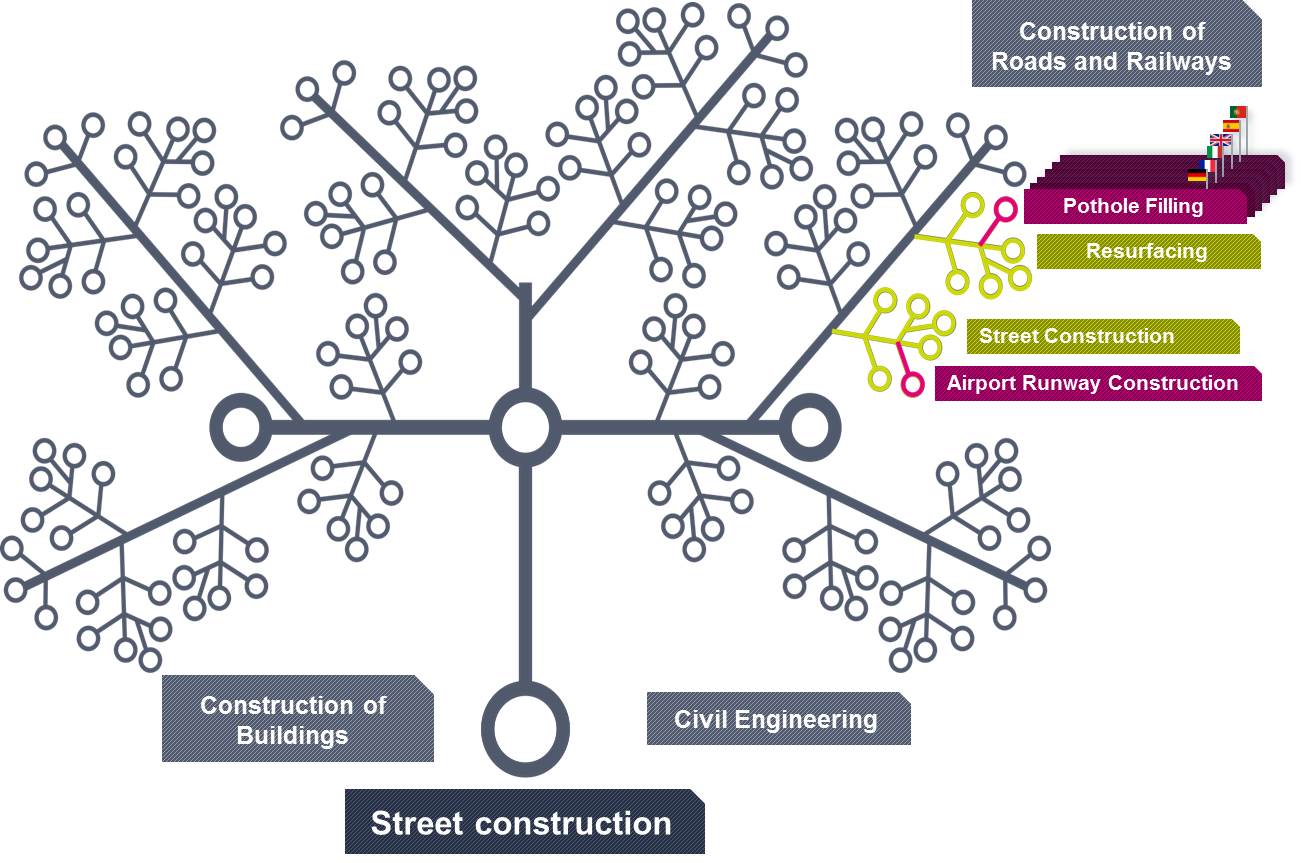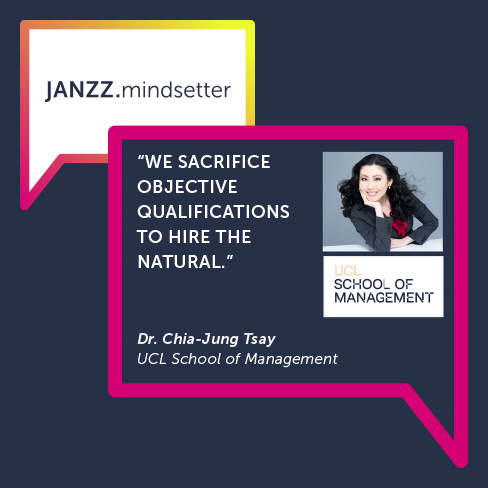Effective Data Curation for Occupation Related Data: How We Are Dealing with NAICS and ISIC.
The North American Industrial Classification System (NAICS) and the International Standard Industrial Classification (ISIC) are two landmarks on our way to master occupation data. The way we are curating the data from these two classifications is exemplary of our approach to put a deep understanding of jobs, skills and industries at the center of our recruitment/employment solutions. Hence, we felt it would be about time to give you a little more insight into how we deal with occupation related data, showing you the inherent complexity of the labor market and the difficulty in preparing occupation related data in a way that it can go on to drive some of today’s most powerful applications. For example public employment services, applicant tracking systems, statistical tools or job boards. Solutions that help alleviate some of today’s hardest problems on the global labor market.
NAICS and ISIC
The two industrial classifications are fairly complex structures in themselves. They also show a different approach to the classification of industries. When looking at an industry like street construction for example, NAICS lists a total of 38 different activities under “Highway, street and bridge construction”, among which you will find airport runway construction, highway line painting, pothole filling and guardrail construction. ISIC on the other hand is less detailed; it sums up the same industry in only three bullet points: asphalt paving of roads, road painting and installation of crash barriers and traffic signs. While ISIC contains less detailed information about activities, the underlying structure of the two classifications is the same. The International Standard Industrial Classification has provided guidance to countries in developing national activity classifications, hence most national taxonomies took over its general structure and filled it with country specific activities.
How JANZZ.technology enriches data from standard classifications
Now, what do we do with the thousands of activities and industries in these classifications? We connect each of the terms within the classifications with terms that are already in our ontology JANZZon!: not only related industries, for example other types of civil engineering in the case of “street construction”, but also occupations, skills, specializations and educations that belong within the realm of a particular industry. Also SSIC, the Singapore Standard Industrial Classification, adopts the basic framework and principles of ISIC. Including each of these industrial classifications into our ontology means having a greater level of detail and comprehensiveness at our fingertips than any of the taxonomies could provide on their own.

Not only industries and activities are curated like that but also skills, educations, job titles etc. All these “data trees” are again interconnected. “Street construction” is related for example with the “road construction engineer”, the “roller driver”, “infrastructure planning” and “road surface marking”.
Sometimes, the denomination of skills, industries and specializations can be the same: for instance, “street construction” could also be a skill or specialization of a construction worker. In these cases, NAICS, ISIC and SSIC intersect with taxonomies of skills and competencies such as ESCO. Our ontology curation team adds these intersections and thereby creates yet more cross-relations and thus makes the ontology even smarter.
On the one hand, the ontology enriches the data from the standard classifications by establishing meaningful connections between occupations, skills, industries and so on. In multiple languages at that. On the other hand, another layer of detail is added to the taxonomies by including also real life data: data from job boards for instance. For taxonomies like NAICS and ISIC have become important tools for comparing statistical data on economic activities but the denominations used are not necessarily the ones used in CVs or jobs postings. By adding a wealth of synonyms, we make the data harvested from the taxonomies fit to be used not only for statistical purposes but also for job matching.
Finally, the effective curation of occupation related data is not only ensured by the breadth and detail of data that is entered into our ontology JANZZon! but also by the industry specific expertise of our team. Establishing meaningful relations between occupations, skills and education requires human experts in order to guarantee the high quality of the knowledge base. In a time when machine learning, smart algorithms and predictive analytics are often held as ubiquitous solutions to everything, we put a deep understanding of occupations, skills and industries back at the center of solving some of today’s hardest labor market issues.


